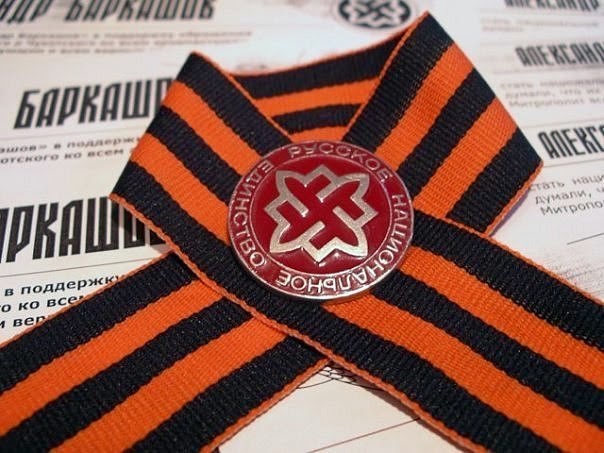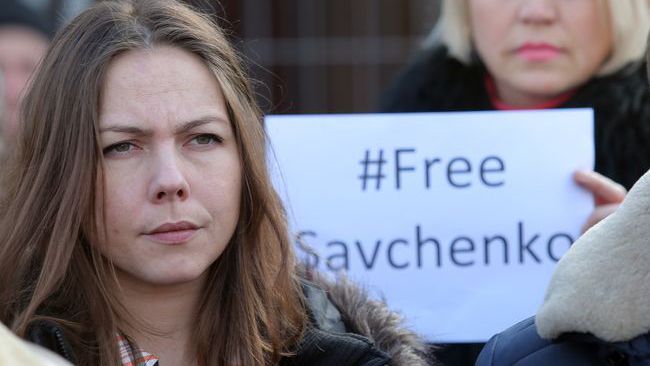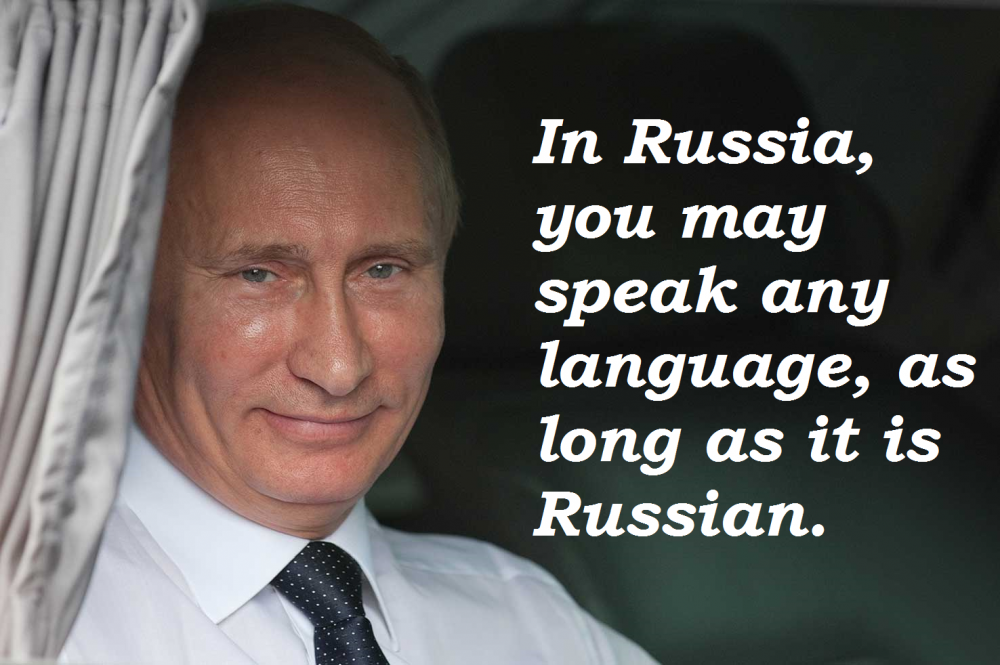Many people around the world are not only horrified by the Russian invasion of Ukraine but surprised that such a thing could be happening now. But they shouldn’t be, Igor Eidman says, because the invasion is the “absolutely logical” outcome of the “deferred demand” for Russian fascism of a century ago being met now.
The Moscow commentator argues that what is happening in Russia now is the completion of “an historical cycle which has lasted since the beginning of the last century,” a cycle other countries in Europe have gone through but one that many have assumed could not take the form it has in Russia.
At the beginning of the 20th century, Eidman argues, “there political meta-projects” were put forward: the reformist which involved democratic and social-democratic reforms, the reactionary which involved “the proto-fascist project of a conservative revolution,” and the communist which was both “revolutionary and utopian.”
After the defeat of the axis powers in World War II, “many people thought that fascism as a powerful phenomenon representing a threat to peace had been defeated. But the ultra-reactionary project in Europe never died. It smoldered below the surface before breaking out in Russia and beginning a new attempt at expansion.”
In 1917, he continues, “the first unsuccessful attempt to achieve the democratic reformist project in Russia occurred.” That failed but was repeated in the 1990s. But “the ‘democratic leaders’” of that decade by their actions “discredited their ideas for many years ahead” and thus opened the war to the rise under the aegis of Vladimir Putin of a system “close to fascism.”
After the defeat of the axis powers in World War II, “many people thought that fascism as a powerful phenomenon representing a threat to peace had been defeated. But the ultra-reactionary project in Europe never died. It smoldered below the surface before breaking out in Russia and beginning a new attempt at expansion.”
Although many are reluctant to admit this, “fascism in Russia has deep roots and a popular mythology.” Had Nicholas II been among the victors in World War I or had the Whites triumphed in the Russian Civil War, “a regime close to fascism could have been formed” at that time. Russia then was “pregnant with fascism.” Its child has emerged now.
Among the proto-fascist groups at the beginning of the 20th century were “not only the Black Hundreds… but also the members of the Duma ‘fraction of nationalists’ senior tsarist officials from among the radical right and others” as well. Nicholas II was powerfully influenced by them, as many of his policies, even after the October 1905 manifesto show.
Although many are reluctant to admit this, “fascism in Russia has deep roots and a popular mythology.”
The last tsar “intensified the policy of state anti-Semitism and the Russification of the non-Russian borderlands. He supported the most died in the wool clergy and obscurantists [and] some of his decisions even exceeded Nazism and Hitler’s Nuremberg laws” by shifting from an anti-Semitism based on religion as had been traditional in Russia to one based on race.
The February 1917 revolution overthrew the ruling reactionaries and brought to power reformist democrats. But “the Provisional Government,” he argues, “because of the war, its indecisiveness, and its lack of time failed to realize the reformist project and lost power to the communists” who ruled Russia for 70 years.
But support for proto-fascist and openly fascist ideas did not disappear from the Russian scene. Initially, many of the leaders of the anti-Bolshevik White Movement took positions that recalled the most reactionary leaders of the former empire and almost certainly would have set up a fascist-type state had they succeeded in overthrowing Lenin and the communists.
“Ukrainophobia is a traditional and inalienable part of Russian fascism,” he continues. Consequently, “it is not surprising that the first victim of its rebirth should be precisely Ukraine.” But Russian fascism, like its German and Italian predecessors, “represents a threat to the world and carried with it the danger of a global war.”
Many of the ideologists of this movement emigrated, and there were developed the “Russian para-fascist ideologies” – Eurasianism, Young Russianism, Ivan Ilin’s views and so on – which are “most popular now” among many Russians. Indeed, “contemporary [Russian] fascists fighting in the Donbas” have transformed the White movement into “a cult.”
Just as most countries which were occupied by communists developed an immunity to communism, so too most of the countries in Europe which had experience with fascism developed at least a partial immunity to it. But Russia did not have that latter experience, and now “a ‘deferred demand’ for fascism has returned to Russia.”
“The war with Ukraine is the result of Russia’s turn to fascism,” Eidman says. Under Putin, he continues, Russia is adopting ever more aspects of that system with its “aggressive imperialism and military expansionism” and celebrating “Russian reactionaries and proto-fascists” like Nicholas II, Kolchak and Ivan Ilin.”
“Ukrainophobia is a traditional and inalienable part of Russian fascism,” he continues. Consequently, “it is not surprising that the first victim of its rebirth should be precisely Ukraine.” But Russian fascism, like its German and Italian predecessors, “represents a threat to the world and carried with it the danger of a global war.”
It can be stopped only by “the defeat of Putin’s military expansion and a revival of the reformist project in Russia,” one that would carry out “real social and democratic reforms in the interests of the majority of the population” and that would not pose a threat to international peace and security.







